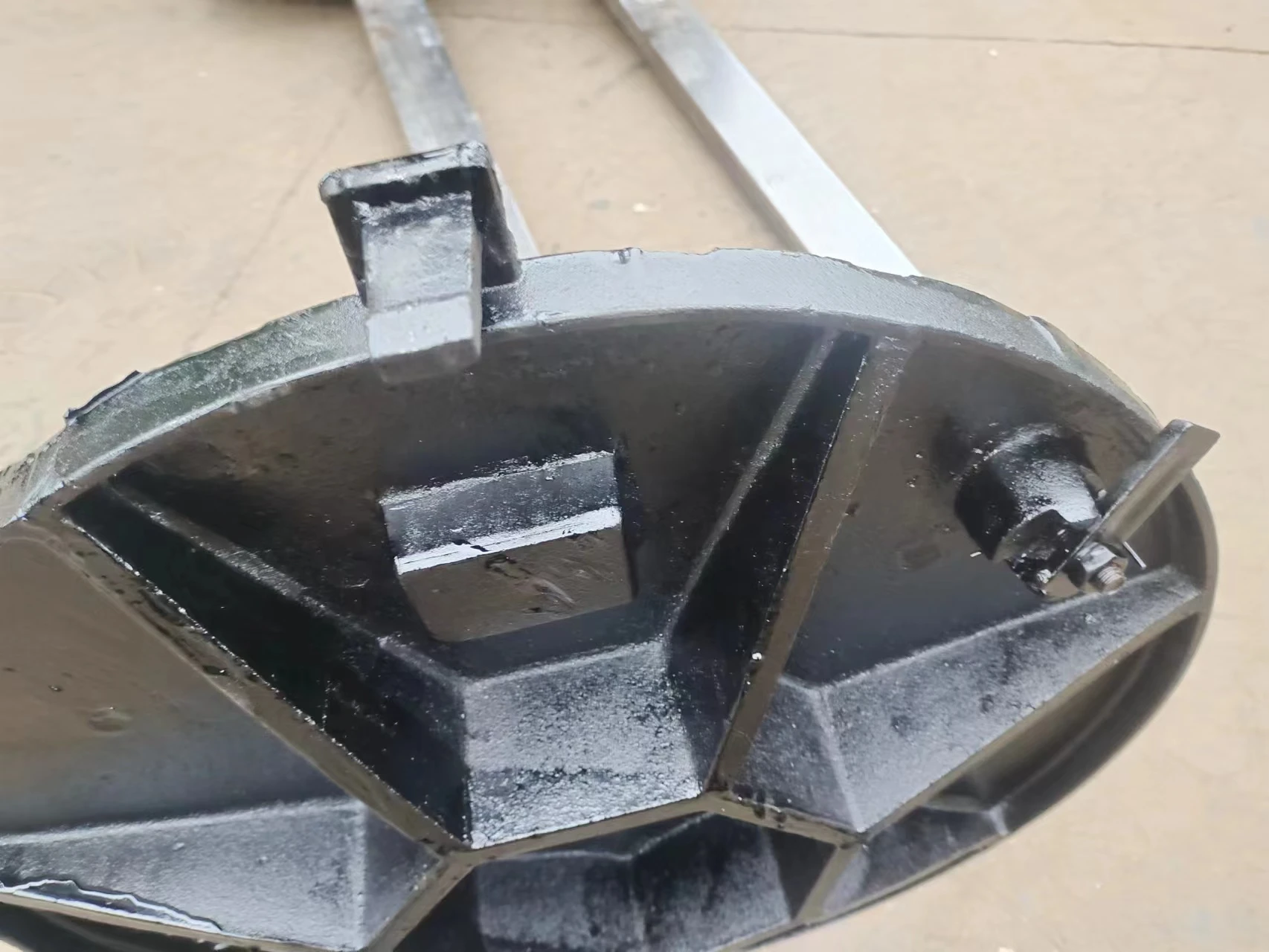Types and Benefits of Rubber Seals for Butterfly Valves in Industrial Applications
The Importance of Butterfly Valve Rubber Seals
In the realm of industrial fluid control systems, the butterfly valve stands out as a critical component known for its simplicity, efficiency, and effective flow regulation. A key feature that enhances the performance and reliability of butterfly valves is the rubber seal. This article delves into the significance of butterfly valve rubber seals, their types, applications, and maintenance considerations.
What is a Butterfly Valve?
A butterfly valve is a quarter-turn rotational valve that uses a disc to regulate flow. When the valve is fully opened, the disc is parallel to the flow, allowing fluid to pass through with minimal resistance. Conversely, when closed, the disc obstructs the flow. This mechanism makes butterfly valves ideal for various applications, including water supply, wastewater treatment, and industrial processes.
Role of Rubber Seals in Butterfly Valves
Rubber seals play a vital role in the overall functionality of butterfly valves. They provide a tight seal between the valve body and the disc, preventing leaks and ensuring efficient operation. The quality of the rubber seal directly impacts the valve's performance, longevity, and maintenance needs.
Types of Rubber Seals
1. EPDM (Ethylene Propylene Diene Monomer) EPDM rubber seals are known for their excellent resistance to heat, ozone, and weathering. They are widely used in water and wastewater applications due to their durability and ability to withstand harsh environmental conditions.
2. Nitrile (Buna-N) Nitrile rubber seals offer good resistance to oil and petroleum products, making them suitable for applications in the oil and gas industry. However, they can be less effective in high-temperature scenarios compared to EPDM.
3. Viton (Fluoroelastomer) Viton seals are highly resistant to chemicals, heat, and ozone. They are ideal for applications that involve aggressive chemicals or extreme temperatures, ensuring reliable sealing under challenging conditions.
4. Silicone Silicone rubber seals are preferred for their excellent flexibility and temperature resistance. They are often used in food processing and pharmaceutical applications, where purity and hygiene are paramount.
Applications of Butterfly Valve Rubber Seals
Butterfly valves equipped with rubber seals are used across various industries, including
butterfly valve rubber seal

- Water Treatment Plants To control the flow of water, ensure tight sealing, and prevent leakage, rubber seals are essential for maintaining system integrity and efficiency
.- Oil and Gas Industry The need to withstand harsh chemicals and high pressures makes rubber seals crucial for ensuring safety and operational performance in pipeline systems.
- Food and Beverage Industry Here, hygiene is vital. Rubber seals that comply with food-grade standards safeguard product quality while maintaining a reliable seal.
- HVAC Systems In heating, ventilation, and air conditioning systems, rubber seals in butterfly valves help regulate airflow and maintain energy efficiency.
Maintenance of Rubber Seals
To ensure the long-lasting performance of butterfly valve rubber seals, regular maintenance is essential. Here are some key considerations
- Inspection Periodically inspect seals for signs of wear, cracks, or deformation, especially in high-stress environments.
- Cleaning Regularly clean the seals to remove debris or corrosive substances that may compromise their integrity.
- Lubrication Use appropriate lubricants to ease the operation of the valve and prevent wear on seals.
- Replacement Replace seals at the first sign of significant wear or damage to prevent leakage and maintain optimal performance.
Conclusion
Butterfly valve rubber seals are indispensable components in various industrial applications, providing critical functions that promote efficiency, safety, and reliability. By understanding the types, applications, and maintenance of these seals, industries can maximize the performance of their fluid control systems, ensuring operational success and longevity of their valve mechanisms. As technology continues to evolve, the development of advanced rubber materials will likely enhance the effectiveness and durability of butterfly valve seals, paving the way for even more efficient fluid management in the future.
-
The Smarter Choice for Pedestrian AreasNewsJun.30,2025
-
The Gold Standard in Round Drain CoversNewsJun.30,2025
-
The Gold Standard in Manhole Cover SystemsNewsJun.30,2025
-
Superior Drainage Solutions with Premium Gully GratesNewsJun.30,2025
-
Superior Drainage Solutions for Global InfrastructureNewsJun.30,2025
-
Square Manhole Solutions for Modern InfrastructureNewsJun.30,2025
-
Premium Manhole Covers for Modern InfrastructureNewsJun.30,2025
